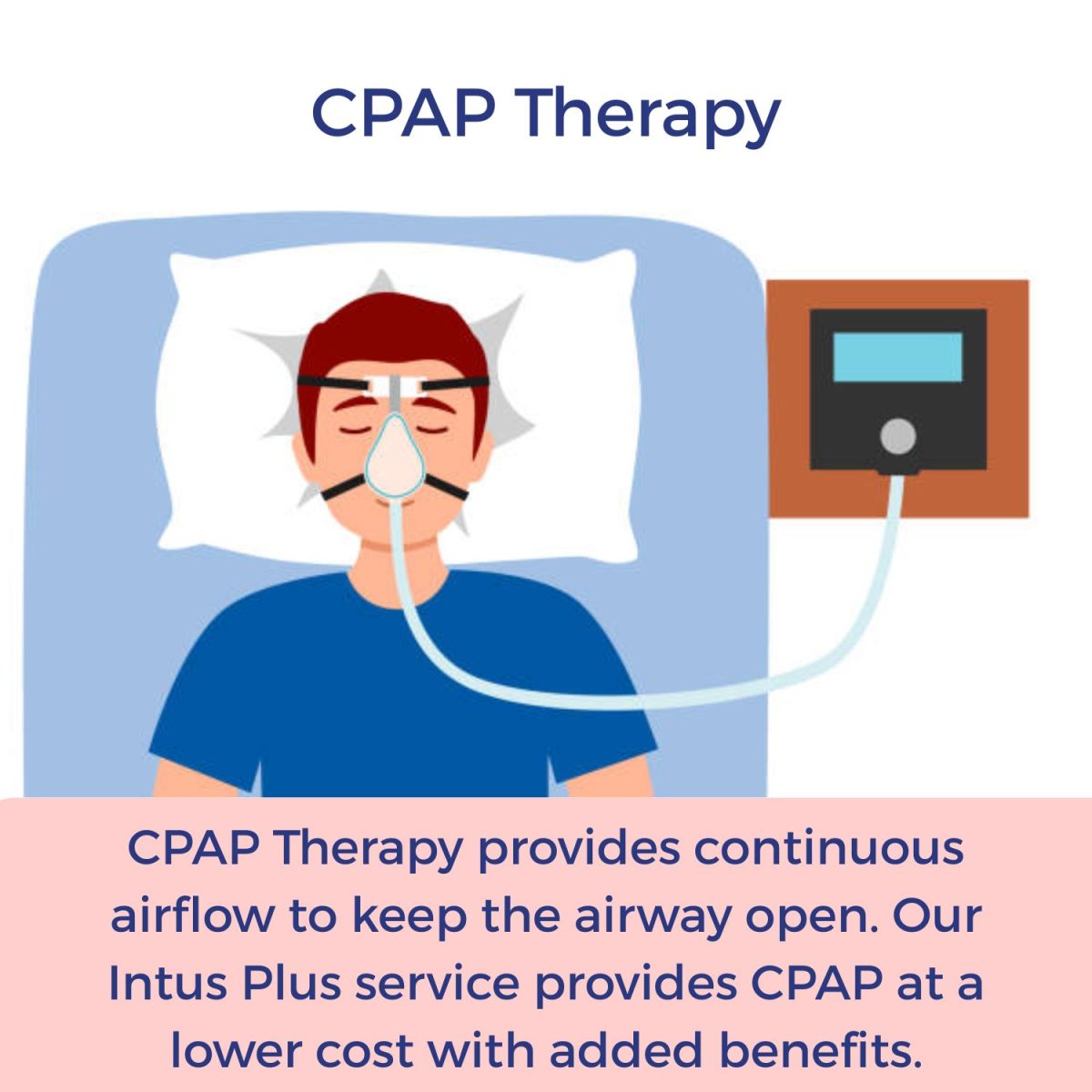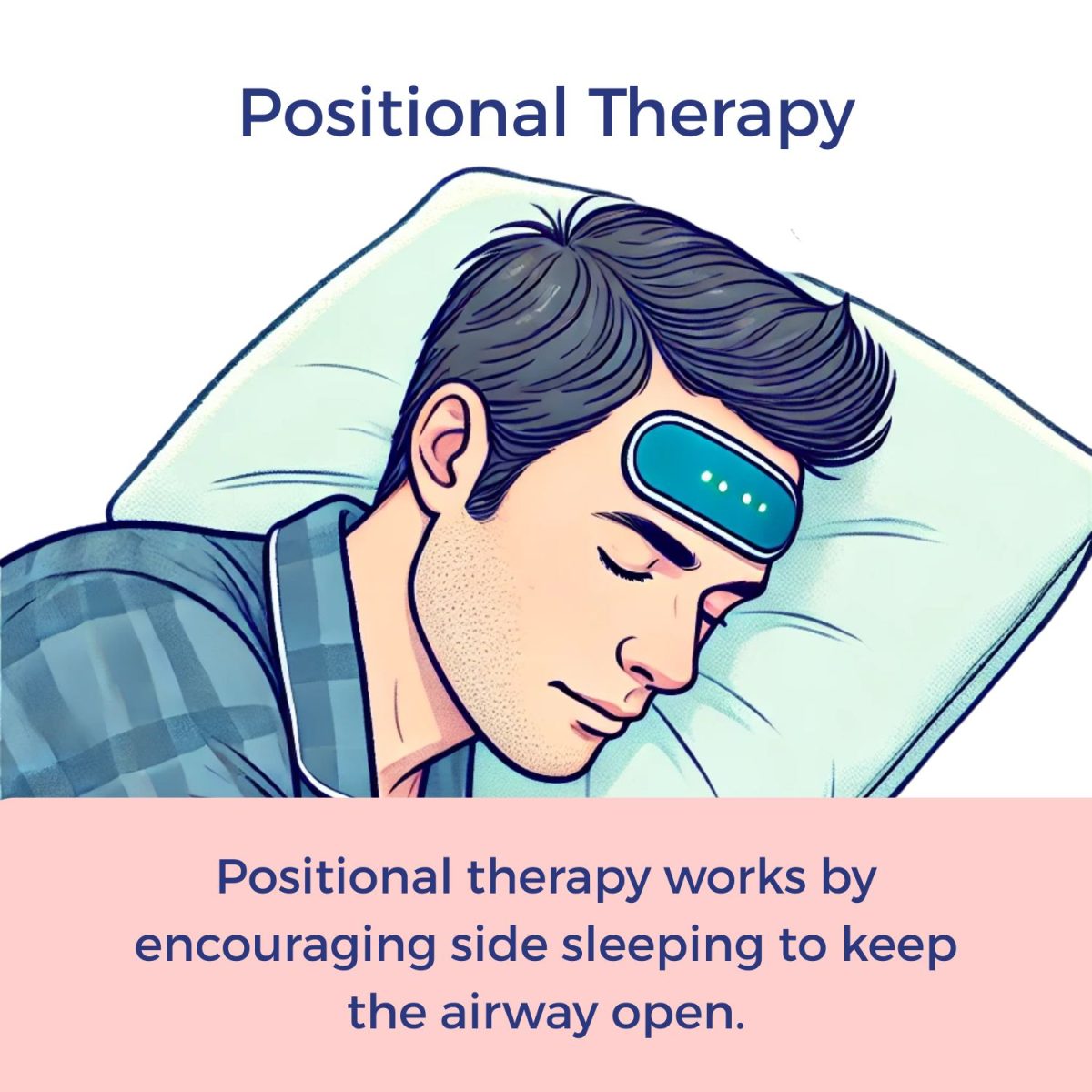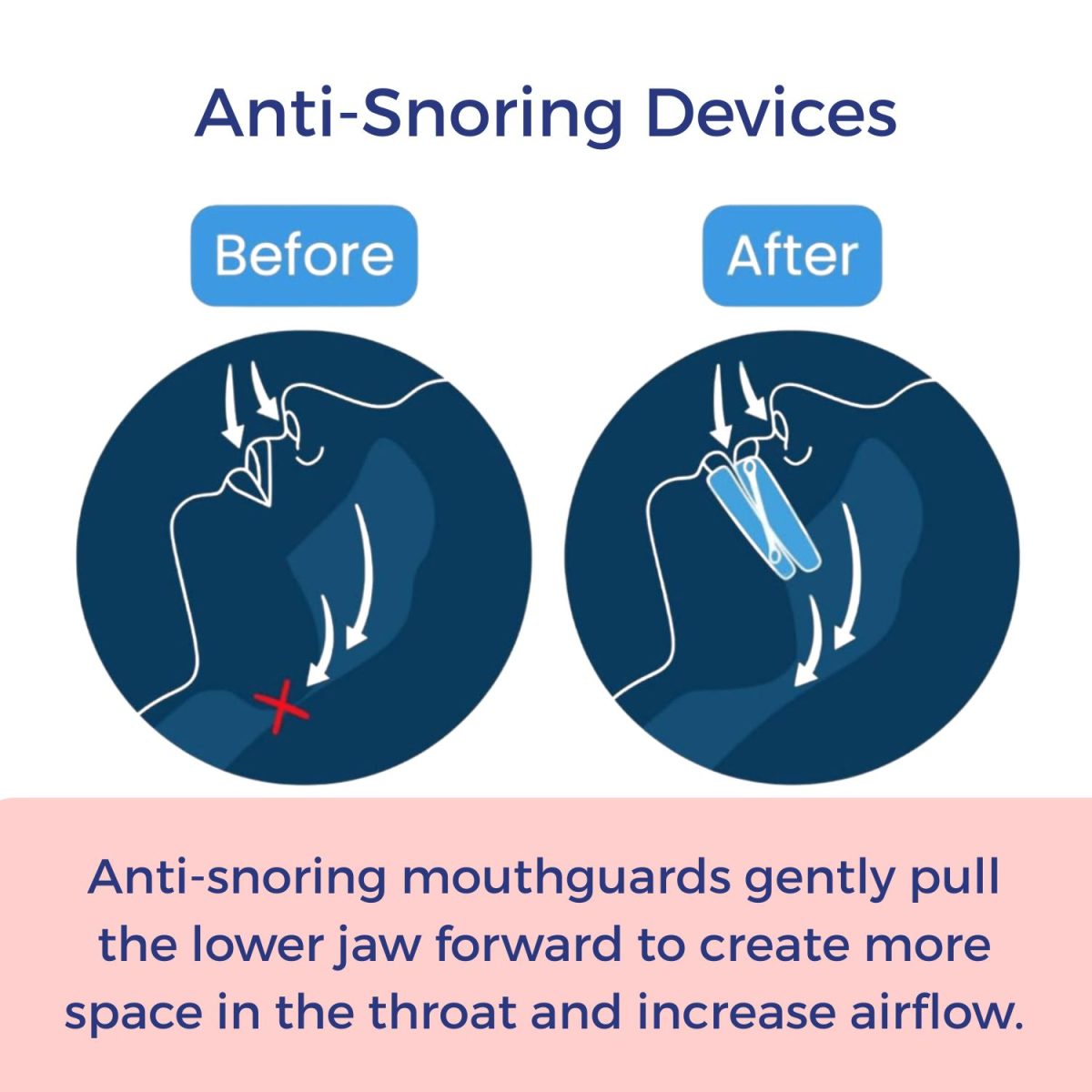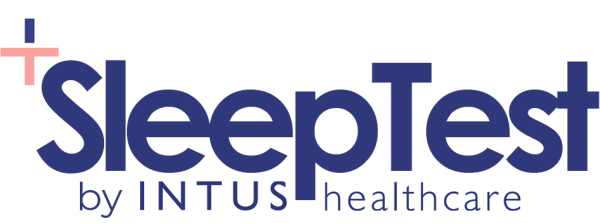How to Know if You Have Sleep Apnoea

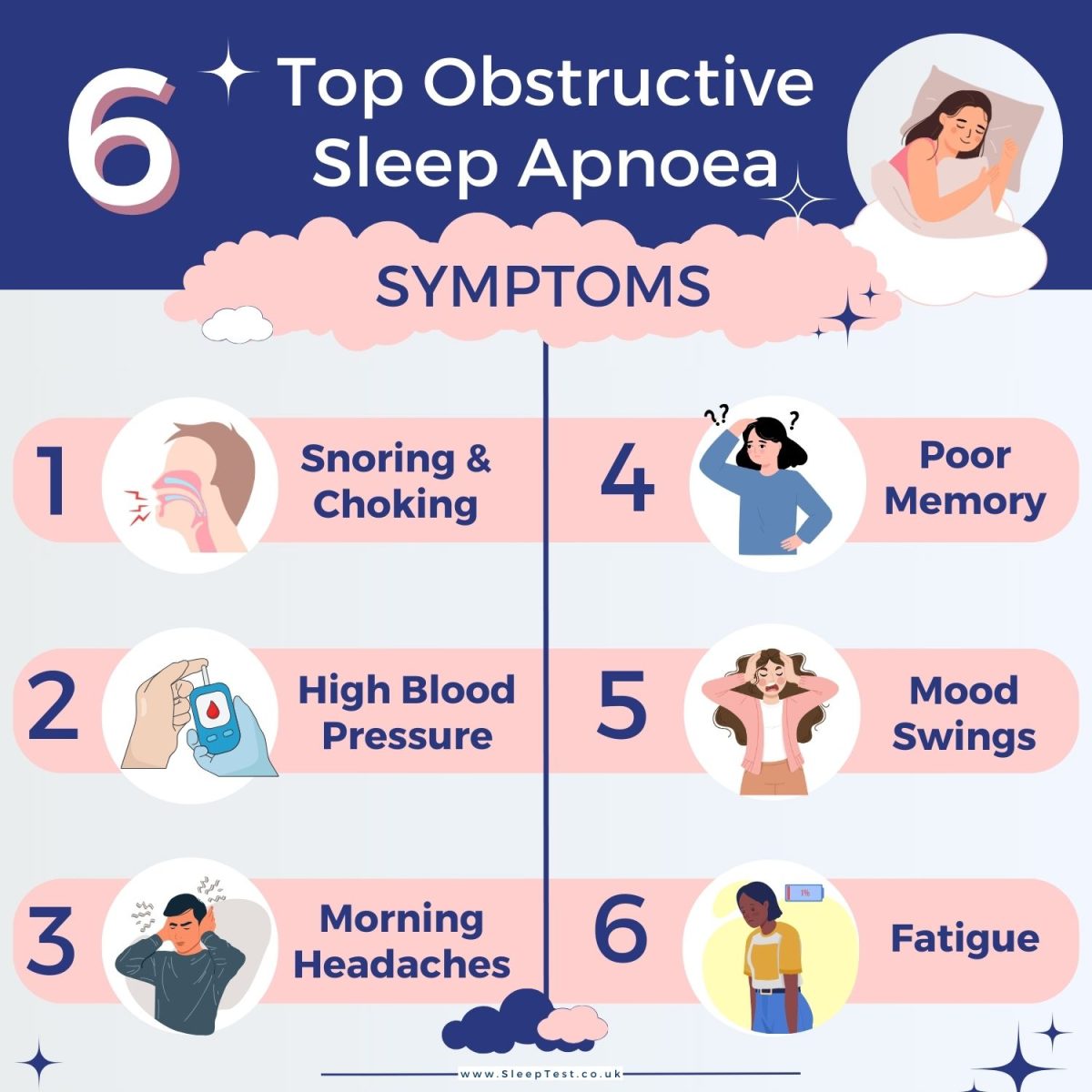
1. Identify Symptoms of Sleep Apnoea
The first step of diagnosing Sleep Apnoea is to check for the common Sleep Apnoea symptoms:
- Loud snoring: OSA snoring is extremely common and is caused by your tongue, mouth tissues and throat relaxing too much.
- Gasping and choking during sleep: Poorly controlled airway muscles make it harder to keep the airway open, resulting in struggling to breathe and waking up choking.
- Morning headaches: Consistent oxygen deprivation can cause hypoxic morning headaches associated with OSA.
- High blood pressure: As the body wakes up to regain oxygen, it can cause spikes in blood pressure.
- Memory loss: Poor sleep can make it difficult to convert short-term memory to long-term memory.
- Falling asleep at the wheel: As the body continuously wakes up to regain oxygen it causes broken sleep, leading to drowsy driving.
2. Get a Sleep Apnoea Diagnosis
The second step of diagnosing Sleep Apnoea is to confirm your diagnosis with a sleep test. If you have suspected OSA, our home sleep test is a quick and affordable way to effectively detect and diagnose Sleep Apnoea at home. The WatchPAT device is also recyclable due to Itamar’s Green Program which means you can dispose of the device sustainably after use.
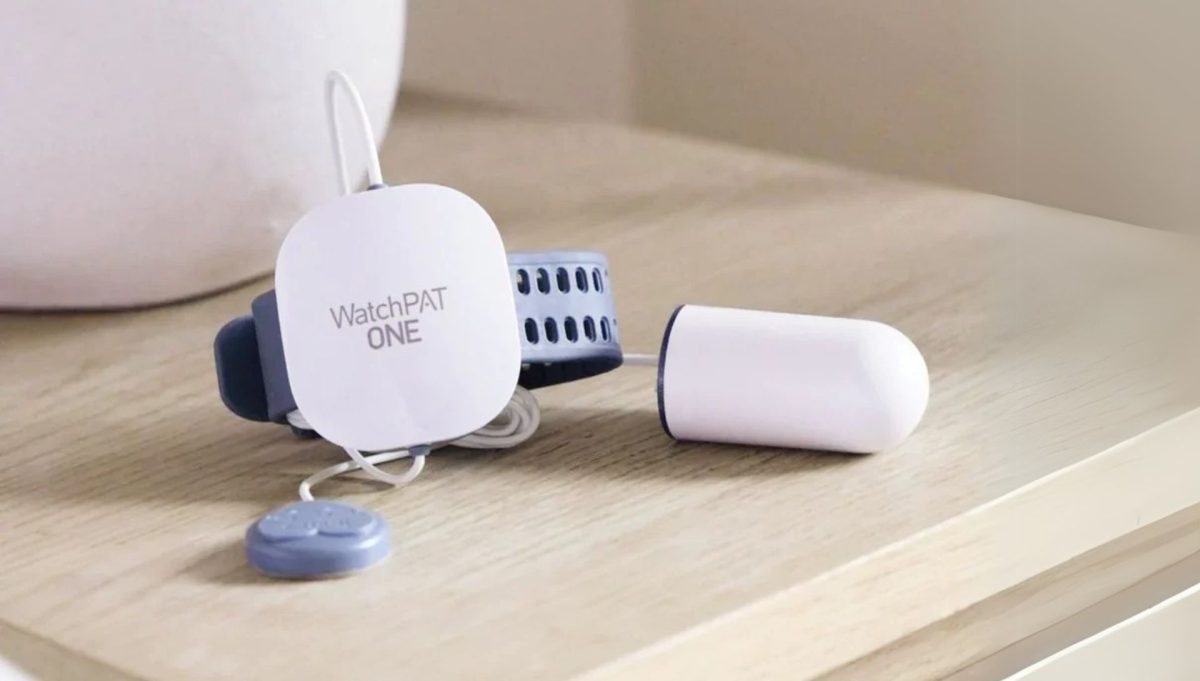
Why Choose a Home Sleep Test?
- Fast: Get results in two working days.
- Consultation: Free 10 minute follow-up consultation for moderate and severe cases.
- Reliable: Comparable test results to tests done at a sleep clinic.
- Accurate: The Advanced WatchPAT diagnostic device requires just one night of sleep data.
- Confidential: We do not inform the DVLA unless you request it.
3. Start Treatment
Once Sleep Apnoea is diagnosed with an OSA test investigation treatment can start. There are various home treatment options that are dependent on the type and severity of a persons snoring and Sleep Apnoea.
